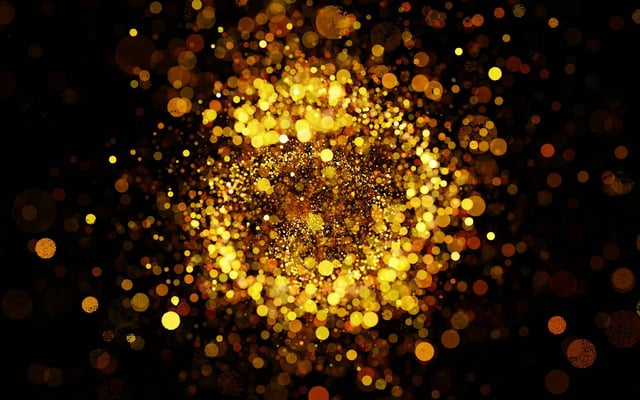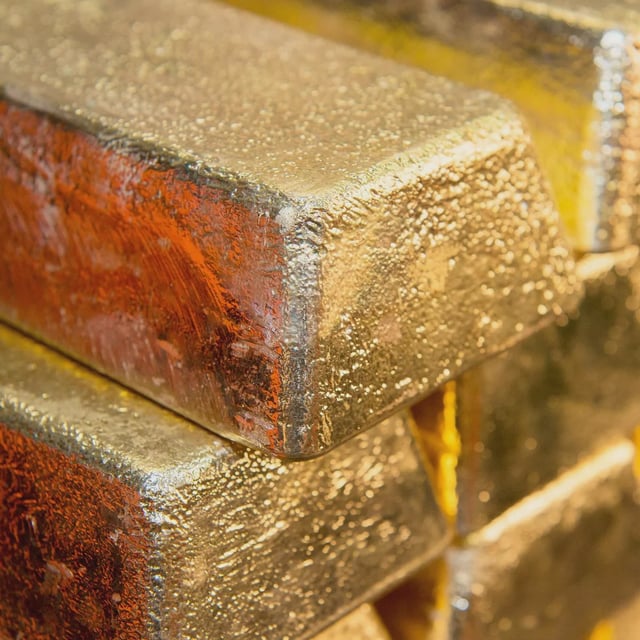Overview
- Scientists at CERN's Large Hadron Collider have successfully transmuted lead into gold nuclei via ultra-peripheral heavy-ion collisions.
- The ALICE experiment measured the production of 86 billion gold nuclei during LHC Run 2, totaling 29 picograms of gold, with each nucleus lasting only microseconds.
- This groundbreaking research refines theoretical models of electromagnetic dissociation, crucial for understanding beam-loss challenges in particle accelerators.
- The findings, published on May 7, 2025, in Physical Review C, mark the first systematic detection and analysis of gold production at the LHC.
- Run 3 data reveals nearly double the gold yield of Run 2, though the process remains scientifically significant rather than commercially viable.


